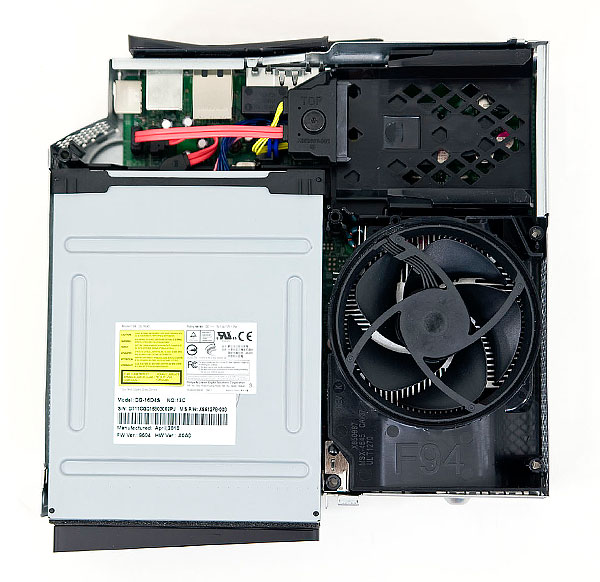french toast
Veteran
Given that the original X360's power brick was rated at 203W then yes, I think it did.
Some things wouldn't fit very well on a console like 6GB GDDR5 on a 256bit bus, and 8 cores w/ 4 threads each would be a bit of an overkill. Sacrificing CPU cores in order to switch to GCN could make more sense IMO, since I think developers would rather keep all the visual processing in the GPU.
Four 4-threaded OoO PowerPC cores at 4.5GHz would probably be better, though we're yet to see what frequencies the 28nm HP will allow at a reasonable power consumption.
Yea perhaps 6 cores was overkill, but i was thinking in terms of 1 cores redundant for system & Kinect 2...but perhaps with that much general processing power such things shouldn't be worried about.
My gpu specs fall under what...300mm?? if that? in that case you could bolt on 128mb edram unified and say drop the main ram down to 4gb...
I really dont think we are going to see GNC, its got too much GPGPU nonsense on that takes up die space=cost, Anand has already stated that vliw 5 is best for most gaming scenarios..and the 6870 refines it further to chop out FP64..what ever that means..so 6870 is the best gaming hardware pound 4 pound don't you think?

